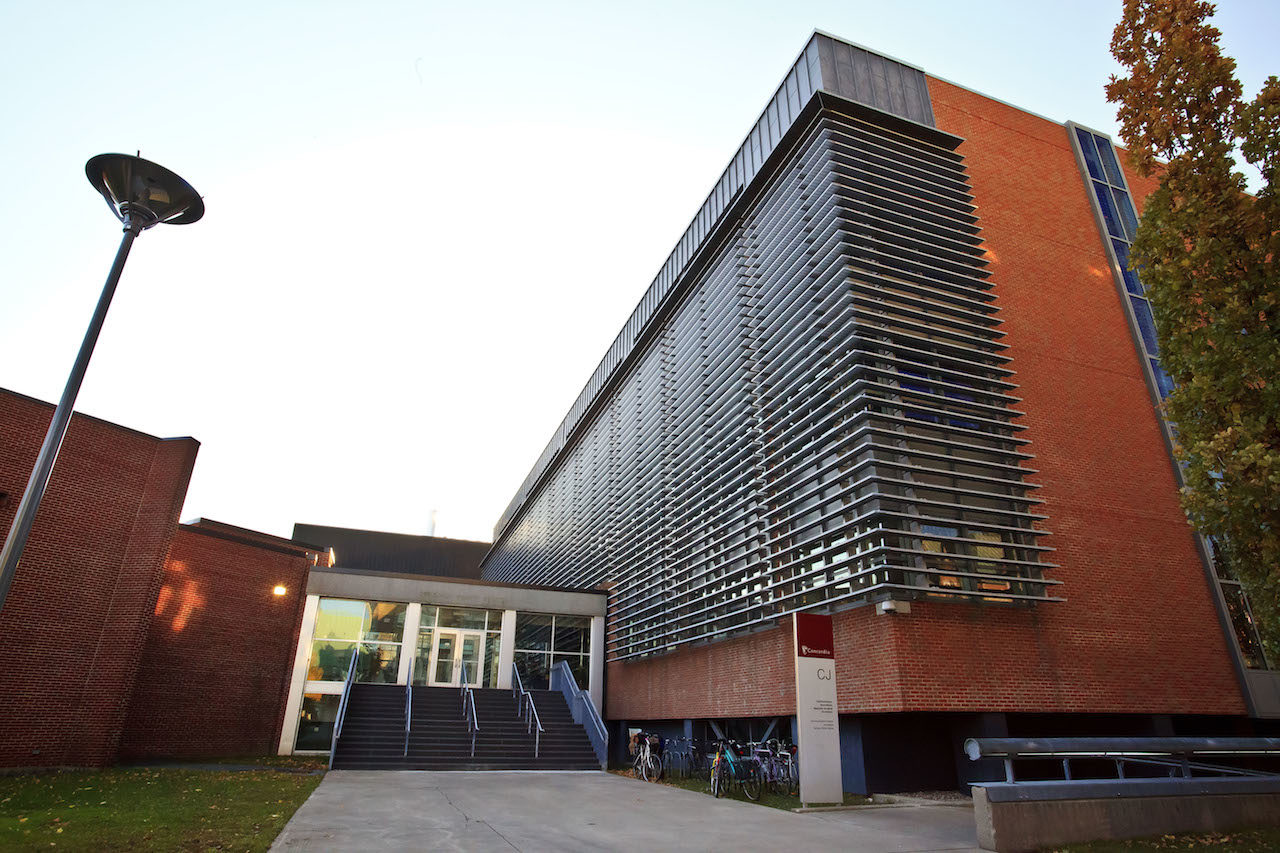The program is aimed at helping people with journalism experience improve their photography skills and build a strong portfolio.
By Brennan Reid, Student Lounge Editor
Concordia University is offering a new, one-year visual journalism diploma starting this summer.
The first of its kind in Canada, the program is designed for students with previous journalism experience (such as a bachelor’s degree in journalism) but open to anyone who wishes to learn more about visual journalism, said Brian Gabrial, the chair and associate professor of Concordia’s Department of Journalism.
The program is aimed at giving students interdisciplinary skills to succeed and come out of the program with a professional portfolio. J-Source spoke to Gabrial and Stanton Paddock, an assistant professor at Concordia who was intimately involved in the creation of the program.
J-Source: Can you give us an overview of the program?
Brian Gabrial: It’s a 33-credit, one-year diploma program that begins in June and ends after winter term. It’s pretty intense for students. Throughout the course of the program they are getting intense training on all aspects of visual journalism. It was designed for those with journalism experience to come in and enhance their professional credentials and make them more marketable when they look for work.
Stanton Paddock: It deals with photography but from different angles. So there will be some courses that are specifically how to be a photographer, but then there’s also a photo editing course where you’re dealing with the selection of images for different stories and different situations, the ethics of publishing, that sort of thing. So, it’s related to photography but it’s not itself doing photography and photo editing. We have a digital imaging class, which in layman’s terms is how to use Photoshop, which isn’t technically photography but it’s a very important ancillary skill.
J-Source: What is visual journalism and how is it different than photography or photojournalism?
Gabrial: The emphasis is on still photography in this program. Although we have optional courses on video journalism, the emphasis is on proper lighting and things like that. By the time you’re done with the program, you should be able to handle any aspect of the visual journalistic enterprise, whether that’s still photography or visual journalism. You should be able to compose and construct a sound piece of visual journalism, whatever form that will take. While the emphasis in this particular program is on still photography, they will be doing more than that. It’s new, there’s nothing like it in Canada.
Paddock: While this program will be heavily leaning on still photography, it will not be solely still photography. It also reflects the general term in the industry. Photojournalism is still used, but the term visual journalism is increasingly popular and is used to describe a variety of skills. It comes out of the photojournalist tradition, but it uses the modern tools available to us. We had a long discussion about whether it should be called photojournalism, because everyone knows that word and recognizes that word, or if we should go with visual journalism, which is a little more up to date. In the end, we took a risk that students might not be searching for visual journalism programs. It’s similar, but just a little tweak to what photojournalism is.
J-Source: How does it fit with your other programs at Concordia?
Gabrial: Right now we have undergraduate courses and one other diploma program that is also a 33-credit program, but it’s not for anyone who has any journalism skills. If you have a degree in history and want to be a journalist, you can take that program. The difference with this new diploma program is that we are trying to attract those who don’t have journalism skills and those who do have journalism skills. We want both in this program. It’s the type of skills all journalists will need in the field.
J-Source: What about the program is most exciting to you?
Paddock: I think it’s a good thing for visual reporting in Canada in general. I’m an American, I come from a related but different media background, and when I moved up here I noticed a difference in the daily visual coverage. Up here it’s much more from the news and feature class. It’s much more what I call news photography, going out and covering daily assignments. There’s a bit of a lack—at least in the major, mainstream publications, be it online, print or television—of really in-depth visual storytelling. Rather than using the camera to document a scene, we want to use the camera to communicate something deeper. What does it feel like to be here, to witness this, to be a part of the scene rather than what did it look like? I’m hoping to push that sort of intimate feel with our images and videos.
These interviews have been edited and condensed for clarity.

